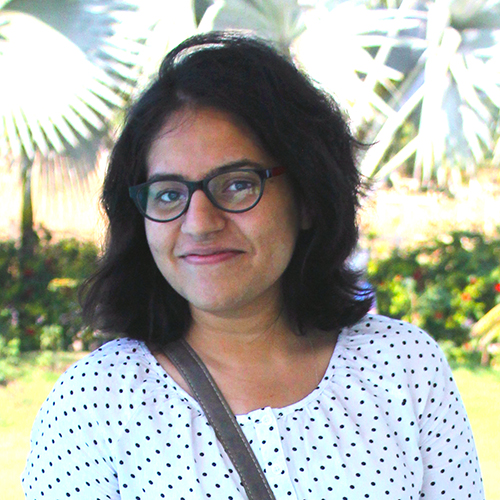While the entire fabrication industry is busy integrating IoT with their machines for data, machine to machine communication and intelligible foresight, let us not forget the place of origin for fabrication – concept designing and modeling in CAD
Usha B. Trivedi | Hitech iSolutions LLP
The concept of Industry 4.0 is a burgeoning hot ball of fire. The whole of the manufacturing industry and manufacturers are swayed by the heat of this gigantic ball of transformation. It is almost that time when one says it is 'the tipping point' for the fabrication/manufacturing industry, and fabricators should fall for this fireball. "Prepare and proceed."
While the entire fabrication industry is busy integrating IoT with their machines for data, machine to machine communication and intelligible foresight, let us not forget the place of origin for fabrication – concept designing and modeling in CAD.
CAD Designing for Industry 4.0
While all these data connectivity enabled machines are important, from a designer’s perspective there is another important dimension of designing that should be changed. Since designing lies at the root of fabrication, unless designing is also upgraded, any change in fabrication technology may be futile. One reason is that with the advent of IoT, design engineers, too, are required to incorporate electronics and software technology perspective along with mechanical design aspect for design compatibility.
As a result, there has to be a common point for integrating designs with IoT needs which can be brought by brining designs into 3D CAD models which will help designs to be perceived exactly as they are. One obvious, however important, interpretation of Industry 4.0 is to have the cross-discipline approach that goes beyond the traditional approach of mechanical or industrial CAD designing. Design engineers closely associated with fabrication firms need to perceive IoT as two separate identities as Designing for IoT and Compatibility to IoT for essential compatibility with fabrication operations.
3D is the original tipping point of Industry 4.0
So when designs are to be interlinked, they need a way to be better imagined for advancements and downstream processes which is provided better with 3D CAD models over traditional blueprints or 2D drafts. CAD platforms from Autodesk such as AutoCAD, Inventor etc. or SolidWorks provide a fine compatibility and dedicated CAD platforms like Mechanical-CAD (MCAD) and Electronic-CAD (ECAD). Also, neutral file formats like STEP/IGES empowers design engineers to develop part models in one CAD tool and assembly model in another with efficient design data exchange across different CAD enterprise.
What we can do is leverage any of these popular CAD platforms for 3D experience in manufacturing with IoT as well as technologies like AR and VR. By such integration of applications to monitor, manage, collection and control the devices can be done on the basis of 3D CAD modeling and their strategic surface trace points.
When designing is based on a 3D CAD modeling, it opens numerous possibilities for design exploration through simulation of designs and optimizes them. Same when done considering the dimension of data transmission can include intelligence from data collected through wireless technology. Populating this intelligent design data to simulation tool will give alternatives for design optimization. The information so underpinned by geometrical data and performance parameters can be extracted and amended quickly with 3D models and their simulation.
Tipping point is now; take the fall
Such fabrication industry-focused solutions are enabling fabricators to incorporate IoT at their level. But only design engineers can get to the bottom of it and develop the concept design with IoT philosophy in mind with 3D CAD modeling.
With a primary focus on rapid development and quality fabrication, if designs are made the center of upgradation and digitization, it will help transform the entire supply networks. With gradual yet continuous developments in every field of IT, communication and fabrication methods, the industry is now at the tipping point of transformation. It is prudent of fabrication units to get their designs ready with 3D CAD modeling (take the fall) suited for IoT applications and stay connected with digitized supply chain networks.
About Usha B. Trivedi
 Usha B. Trivedi is an engineer with Hi-Tech CADD Services - a company providing design support services across the globe. With years of experience in CAD drafting, 3D CAD modeling and 3D rendering, she provides insights for solutions in process challenges of fabricators, designers, contractors, engineers and architects.
Usha B. Trivedi is an engineer with Hi-Tech CADD Services - a company providing design support services across the globe. With years of experience in CAD drafting, 3D CAD modeling and 3D rendering, she provides insights for solutions in process challenges of fabricators, designers, contractors, engineers and architects.
The content & opinions in this article are the author’s and do not necessarily represent the views of ManufacturingTomorrow
Comments (0)
This post does not have any comments. Be the first to leave a comment below.
Featured Product


